Página 1 de 1
The Poland 1955 Cracow festvial stamps
Publicado: 30 Dic 2016 09:17
por Rein
This set of stamps had been described badly from the very beginning as far as paper goes!
Mentioned in the Handbook "Polskie Znaki Pocztowe" of 1960:
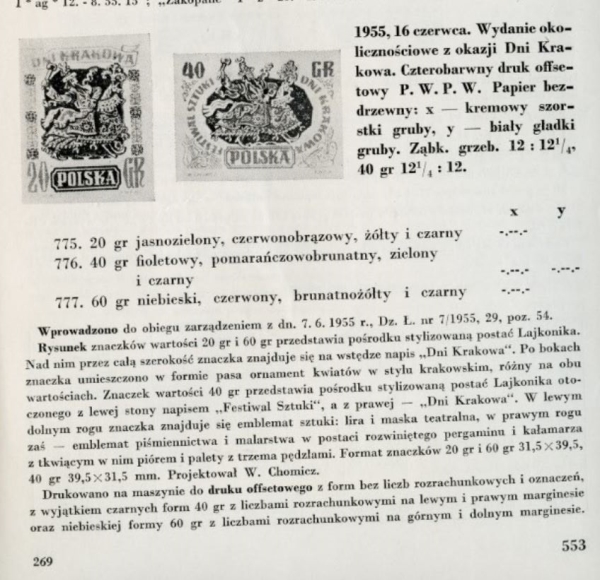
As far as paper goes it just says that it has either cream, rough surfaced, thick paper or white, smooth, thick paper!
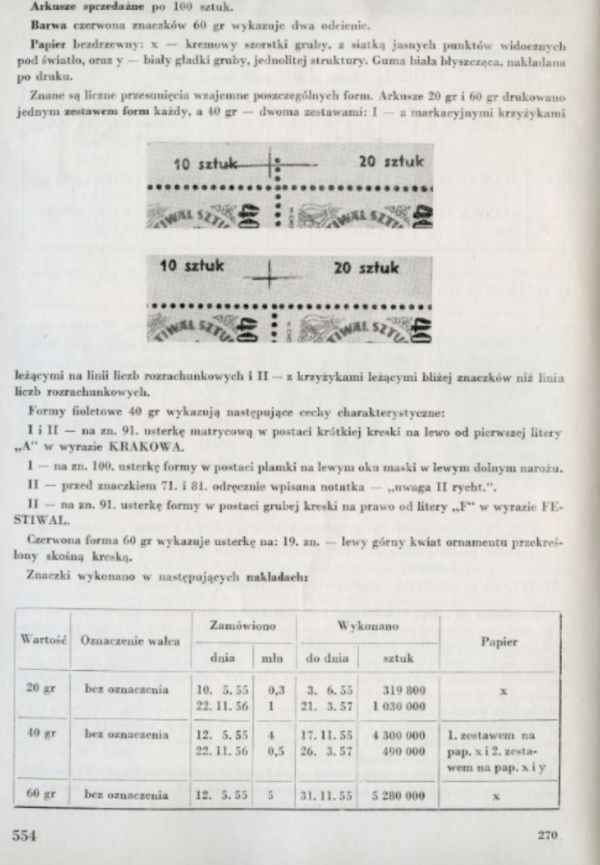
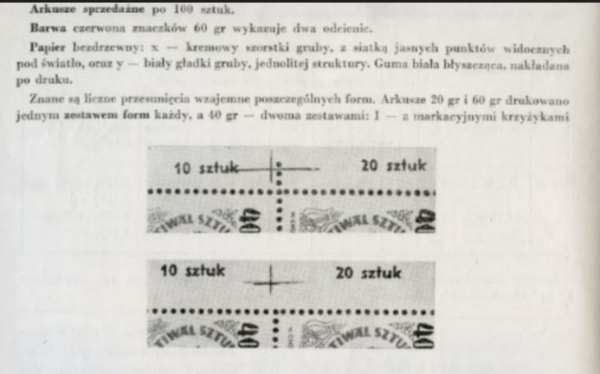
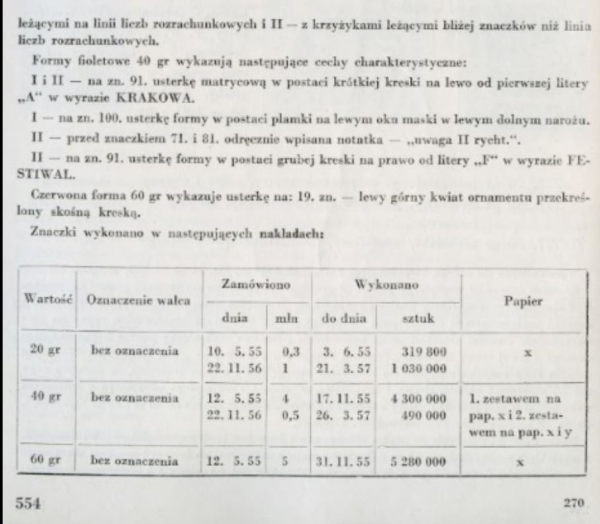
Re: The Poland 1955 Cracow festvial stamps
Publicado: 30 Dic 2016 09:18
por Rein
In the more recent Handbook by Kiełbasa-Schoeni/Fołta:
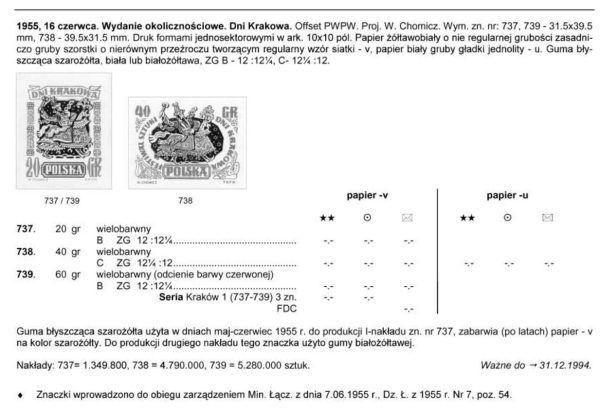
As to paper it mentions a type of paper with a clear sieve structure when you hold it against a light source OR just no structure to be seen at all.
Both handbooks omitted the fact that at least 2 values had been printed of paper containing woodchips. And apart from this type of paper another 3 types of wood-free paper had been used.
1st type of paper:
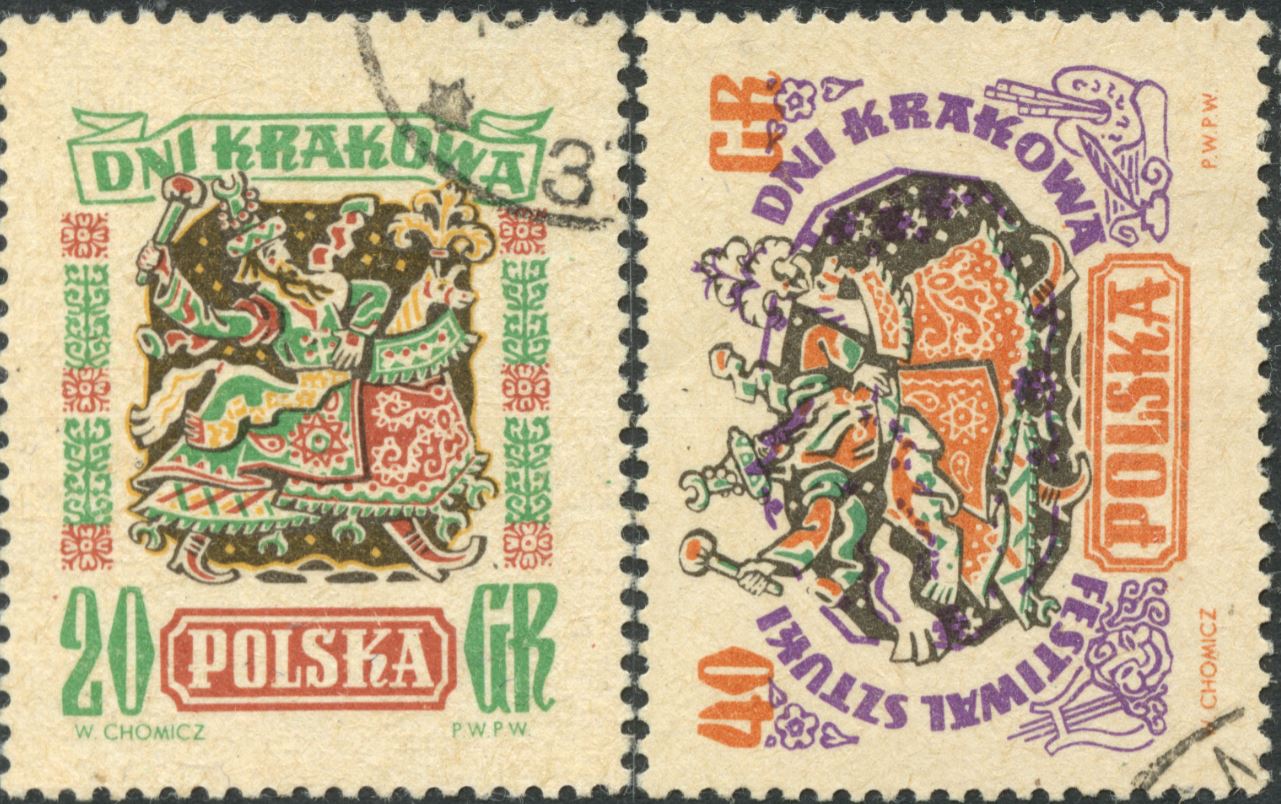
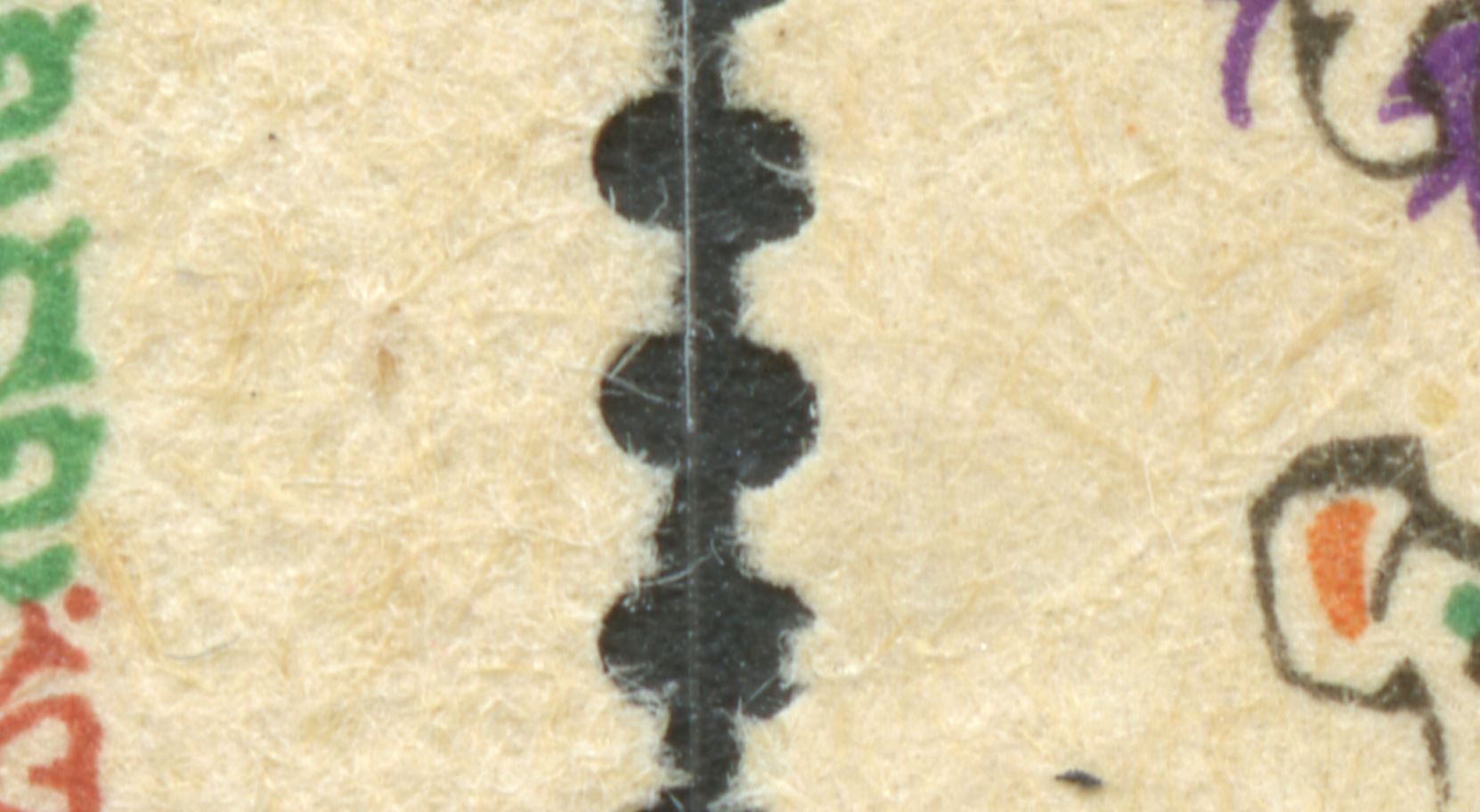
Re: The Poland 1955 Cracow festvial stamps
Publicado: 30 Dic 2016 09:20
por Rein
I found just the 20gr and 40 gr so far.
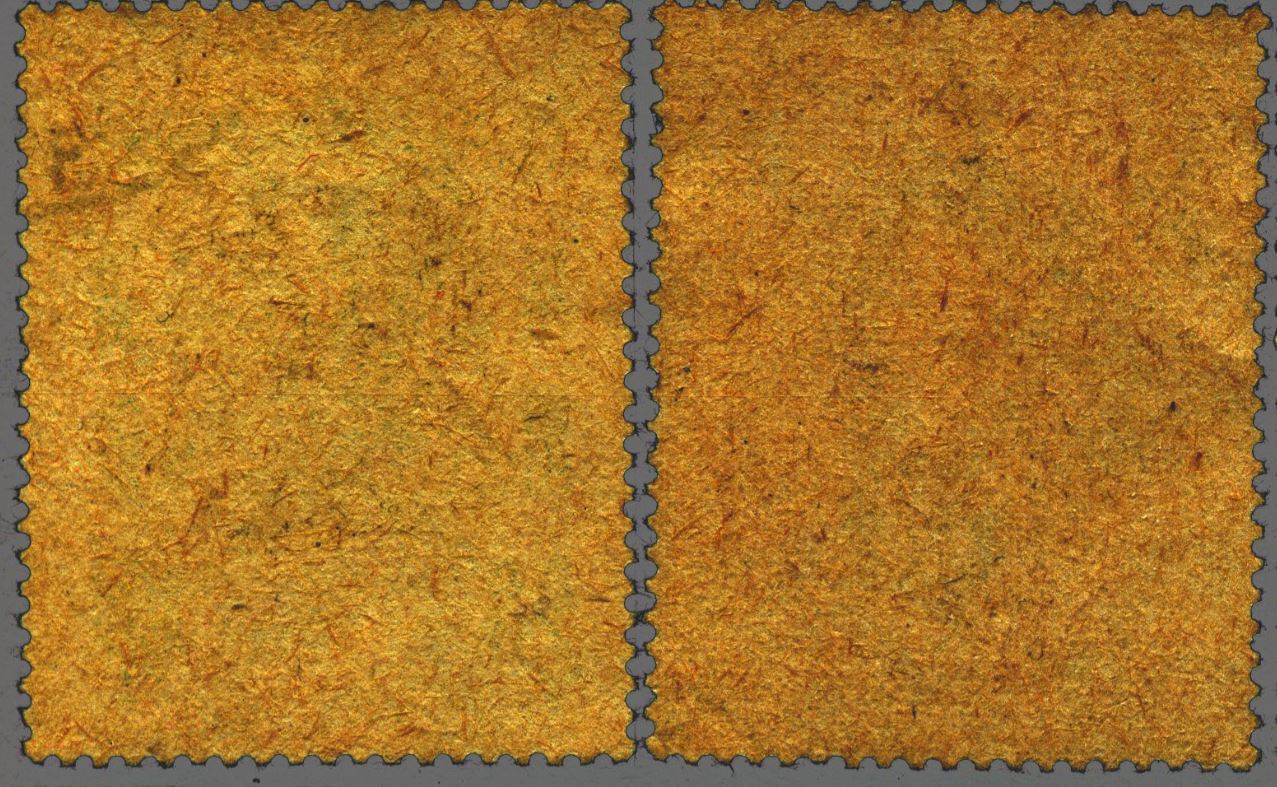
This 1st type of paper has a symmetrical sieve structure.
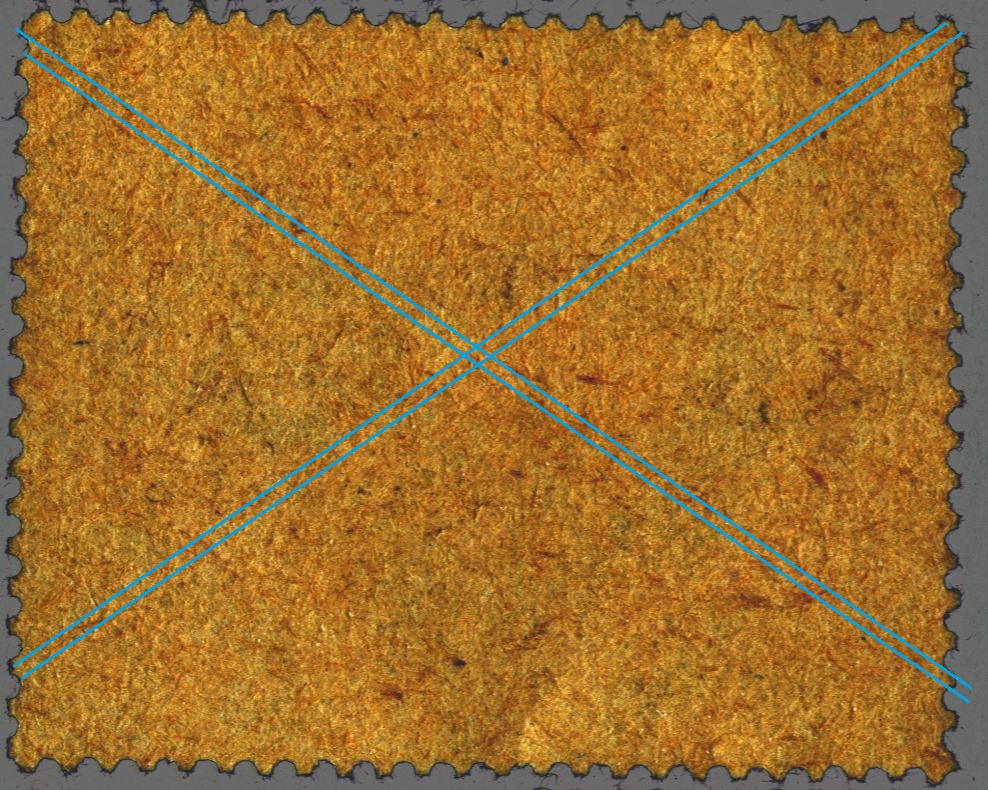
Re: The Poland 1955 Cracow festvial stamps
Publicado: 30 Dic 2016 16:16
por Rein
Second (and third) type of paper
Just as with the 1st type of paper the symmetrical sieve structure is well visible when holding the stamps against a strong light source.
But the 2nd type has irregular grooves at the front with the rhombs at the back while the 3rd type has it the other way around - rhombs at the front and grooves at the back.
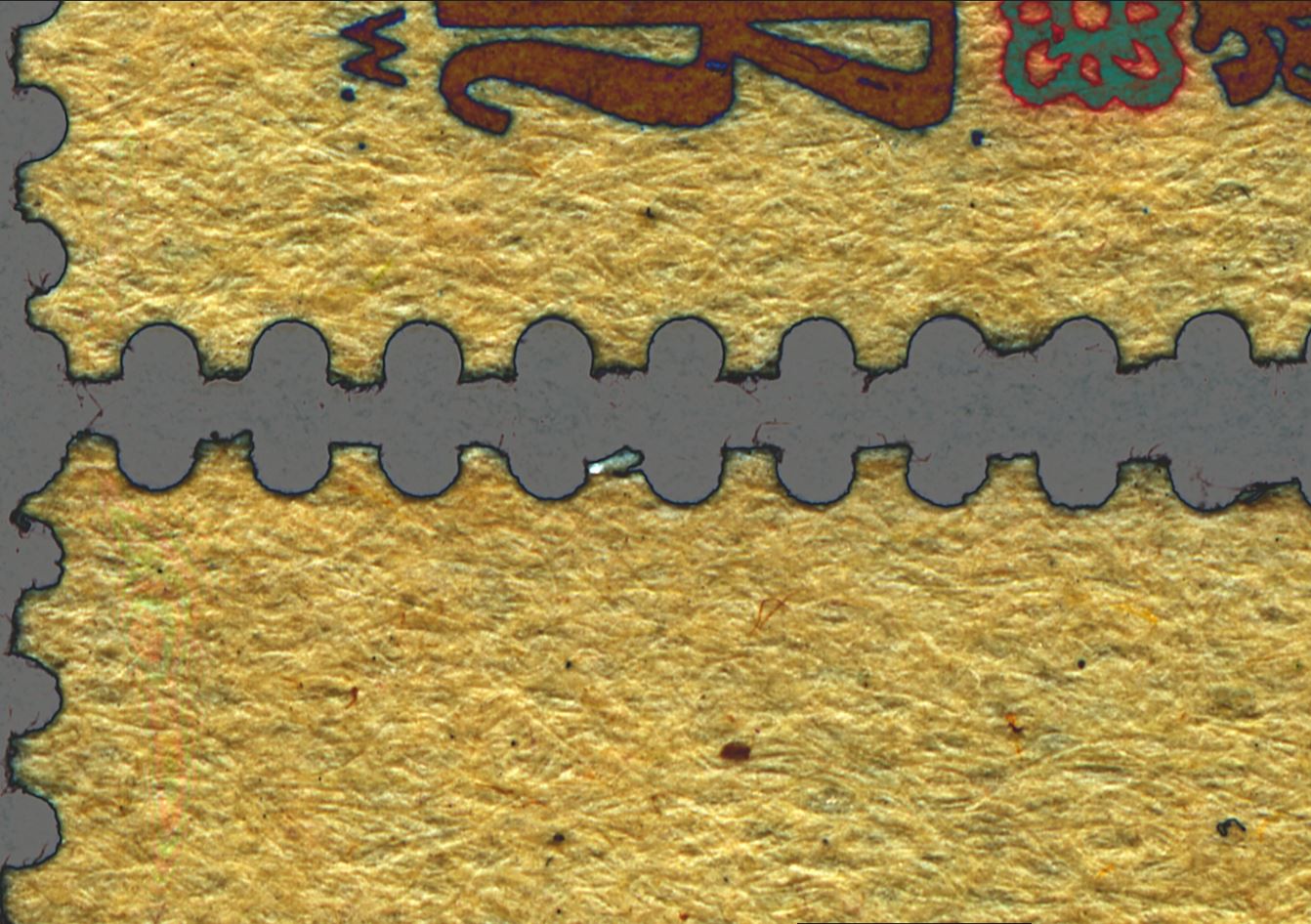
At the top the grooves at the front [type 2]e, at the bottom the grooves at the back [type 3].
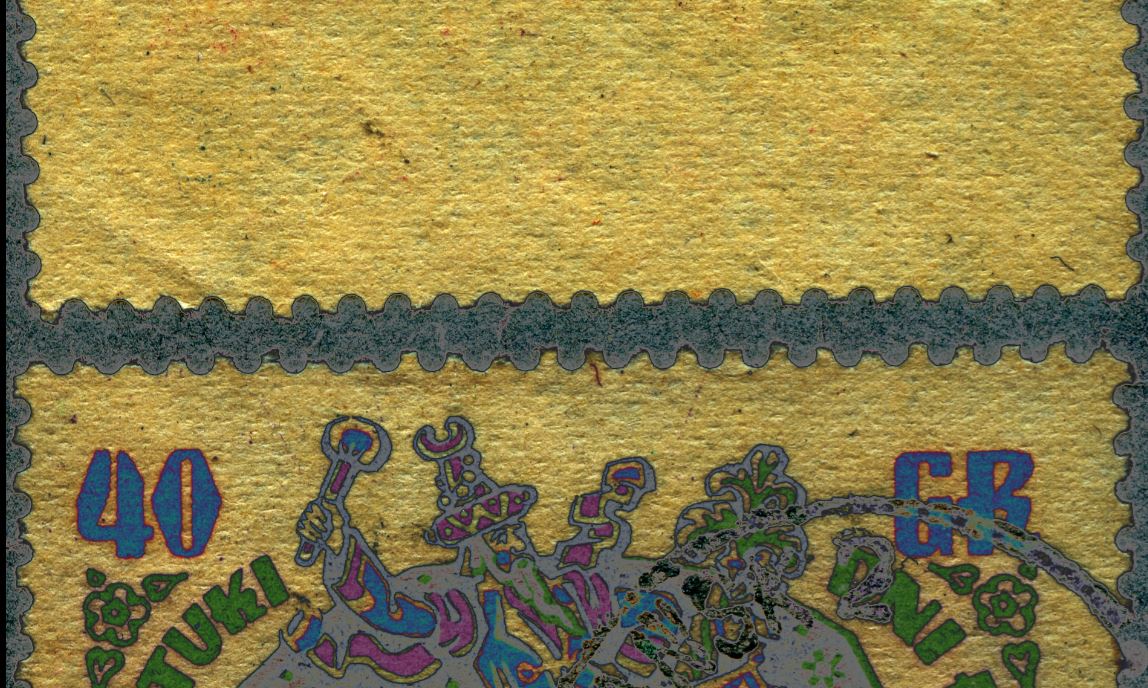
At the top the rhombs at the back [type 2]e, at the bottom the rhombs at the front [type 3].
The 2nd type of paper exist for all 3 values: 20gr, 40gr, 60gr and so does the 3rd type of paper: 20gr, 40gr, 60gr
Re: The Poland 1955 Cracow festvial stamps
Publicado: 30 Dic 2016 16:22
por Rein
The 4th type of paper:
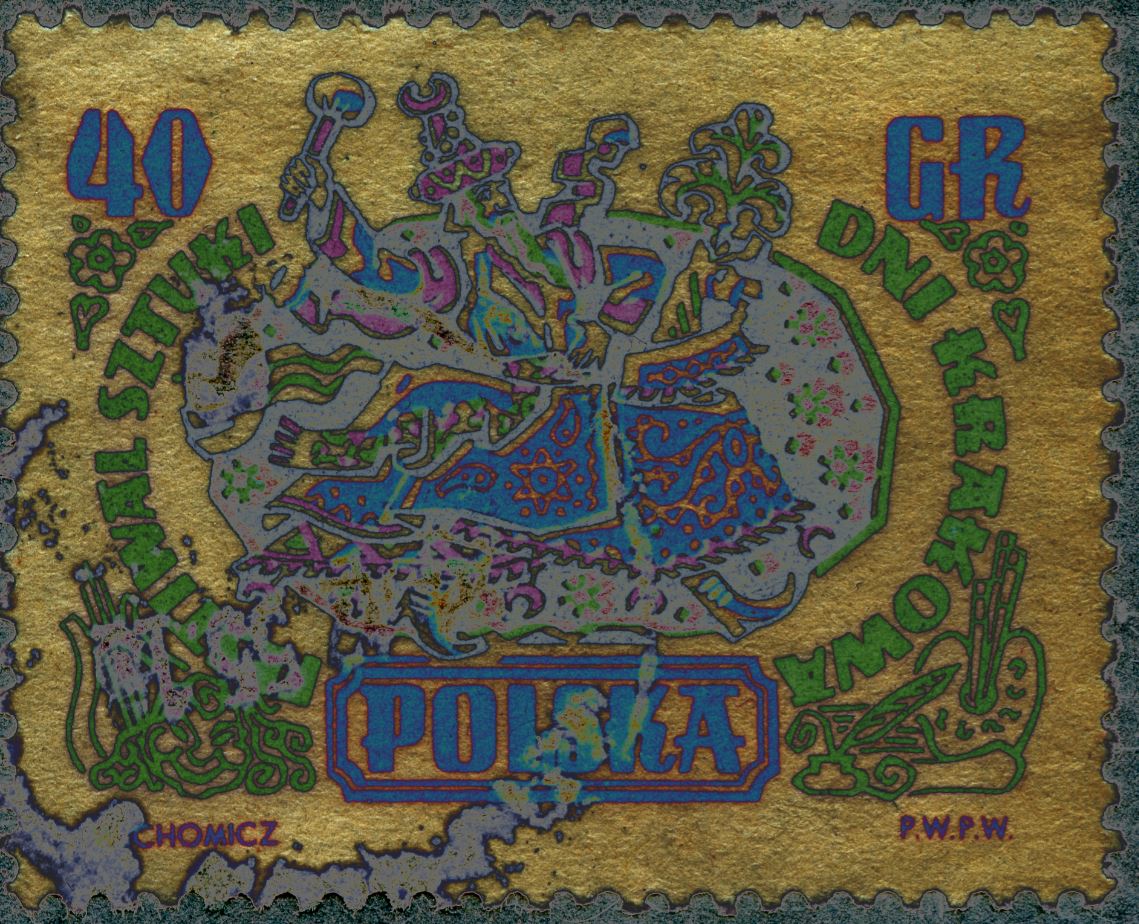
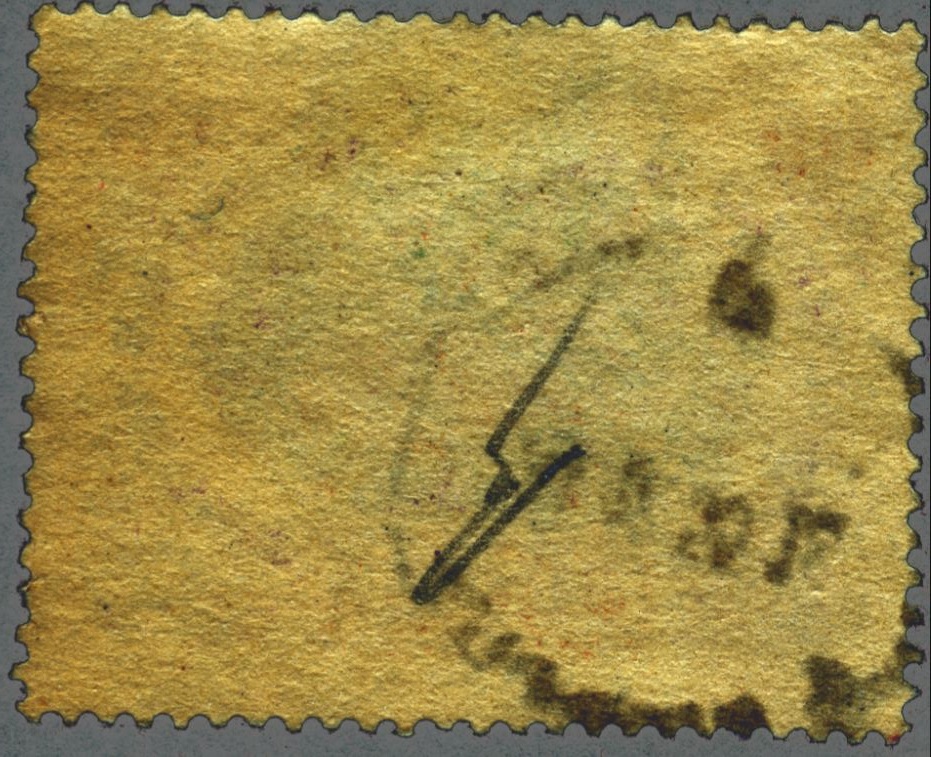
No clearly visbile sieve structure when hold against the strong light source! Probably this is what was meant by Kiełbas-Schoeni/Fołta by uniform [jednolity]!
















